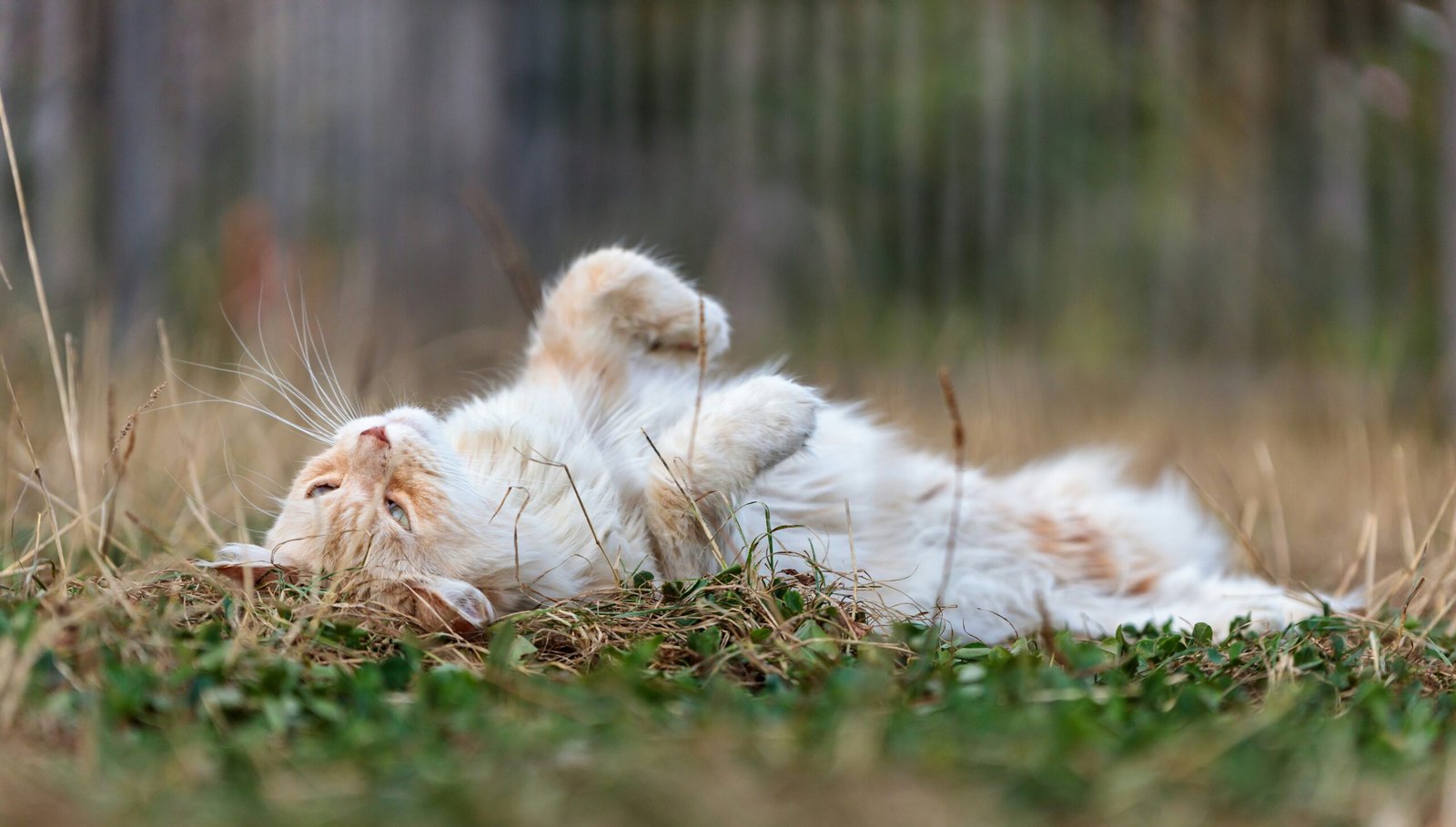Introduction to Cat Breeds
Cats, known scientifically as Felis catus, have been companions to humans for thousands of years. The journey of cat domestication dates back to ancient civilizations where wild cats were first tamed for their prowess in rodent control. Over time, selective breeding and natural evolution have given rise to a diverse array of cat breeds, each with unique traits and characteristics. Today, there are more than 70 distinct breeds recognized by various cat breed registries, showcasing a remarkable spectrum of physical and behavioral attributes.
Understanding the diversity of cat breeds is crucial for potential cat owners. Different breeds not only vary in appearance but also exhibit distinct temperaments, health profiles, and care requirements. For instance, the Persian cat, with its long, luxurious coat, requires regular grooming to prevent matting, while the energetic Siamese thrives on social interaction and mental stimulation. Such differences underscore the importance of choosing a breed that aligns with an owner’s lifestyle and preferences.
The evolution of cat breeds has been influenced by both natural selection and human intervention. Historically, cats that adapted well to specific environments or exhibited desirable traits were bred selectively. This has led to the development of breeds that are well-suited to various climates and living conditions. For example, the Norwegian Forest Cat’s thick, water-resistant fur makes it ideal for cold climates, whereas the sleek, short-haired Abyssinian is better suited to warmer regions.
In addition to physical attributes, breed variations can significantly impact a cat’s temperament and health. Some breeds are known for their affectionate and sociable nature, while others may be more independent and reserved. Health considerations are also paramount, as certain breeds may be predisposed to specific genetic conditions. Being well-informed about these aspects can help potential cat owners make educated decisions, ensuring a harmonious and healthy relationship with their feline companions.
Popular Cat Breeds and Their Characteristics
Cats have captivated humans for centuries, and various breeds have developed distinctive traits that make each one unique. Among the most popular cat breeds are the Persian, Siamese, Maine Coon, and Bengal, each with its own intriguing origin, physical characteristics, personality traits, and care requirements.
The Persian cat is one of the oldest and most beloved breeds, known for its luxurious long coat and serene demeanor. Originating from Persia (modern-day Iran), these cats have a distinctive round face and short muzzle. Persians are known for being quiet, affectionate, and preferring a calm environment. Their long fur requires regular grooming to prevent matting and maintain their elegant appearance.
Next, the Siamese cat hails from Thailand, formerly known as Siam. These cats are easily recognizable by their sleek bodies, almond-shaped blue eyes, and short coat with striking color points on their ears, face, paws, and tail. Siamese cats are highly social, vocal, and intelligent, often forming strong bonds with their human companions. They thrive on interaction and can become lonely if left alone for extended periods.
The Maine Coon, one of the largest domestic cat breeds, has a somewhat mysterious origin, though it is widely believed to have developed in the United States. With their tufted ears, bushy tails, and rugged appearance, Maine Coons are both hardy and majestic. Known for their gentle and playful nature, they are often referred to as “gentle giants.” Despite their long, dense fur, Maine Coons are relatively low-maintenance, requiring only regular brushing.
Finally, the Bengal cat is a breed that stands out due to its exotic, leopard-like appearance. Developed through the crossbreeding of domestic cats with the Asian leopard cat, Bengals boast a sleek, muscular build and a distinctive spotted or marbled coat. They are highly energetic, curious, and intelligent, often enjoying activities such as fetch and climbing. Bengals require ample physical and mental stimulation to stay happy and healthy.
Understanding the diverse characteristics of these popular cat breeds can help potential cat owners select a breed that best fits their lifestyle and preferences. Each breed offers a unique combination of beauty, personality, and charm, making the world of cats endlessly fascinating.
Rare and Exotic Cat Breeds
The world of cats is diverse and intriguing, with many rare and exotic breeds capturing the fascination of enthusiasts. Among these unique felines are the Turkish Van, Savannah, Sphynx, and Scottish Fold, each distinguished by their distinctive traits and characteristics.
The Turkish Van, known for its striking all-white coat with colored markings on the head and tail, is a rare sight. This breed is unique because of its love for water, a trait uncommon in most cats. Turkish Vans are active, intelligent, and require ample playtime to stay stimulated. Their grooming needs are moderate, but attention to their diet is essential to maintain their health and luxurious coat.
On the other hand, the Savannah cat, a hybrid breed between a domestic cat and a serval, exudes an exotic charm. With their tall, lean bodies, large ears, and spotted coats, Savannahs resemble wild cats. These cats are highly energetic and require a lot of physical and mental stimulation. Due to their wild ancestry, they also have specific dietary needs and may need a diet richer in protein compared to other domestic cats.
The Sphynx cat is perhaps one of the most recognizable exotic breeds due to its lack of fur. This hairless breed is known for its friendly, affectionate nature and its need for warmth. Sphynx cats require regular bathing to remove oils from their skin and protection from the sun and cold temperatures due to their lack of fur. Despite being hairless, they are not hypoallergenic, as they still produce allergenic proteins.
Lastly, the Scottish Fold is famous for its unique folded ears, a result of a natural genetic mutation. This breed is known for its calm and affectionate demeanor. However, potential health issues related to their ear cartilage and joints require careful monitoring. Scottish Folds are low-maintenance in terms of grooming but need regular veterinary check-ups to ensure their overall well-being.
These rare and exotic cat breeds each bring unique qualities to the feline world, from their physical appearances to their behaviors and care requirements. Their distinct characteristics and the specific care they require often contribute to their rarity, making them treasured companions for those who appreciate their uniqueness.
Choosing the Right Cat Breed for You
When selecting the ideal cat breed for your home, it’s crucial to consider various factors that align with your lifestyle and personal preferences. The first aspect to examine is your living environment. For instance, if you reside in a small apartment, breeds like the British Shorthair or Persian, known for their calm demeanor, might be more suitable. Conversely, those with ample space might find active breeds such as the Bengal or Maine Coon to be a better fit.
Family dynamics also play a significant role in the decision-making process. Households with young children may benefit from breeds known for their gentle and patient nature, like the Ragdoll or the Burmese. On the other hand, if you have other pets, breeds that are sociable and adaptable, such as the Turkish Van or the Abyssinian, could be a harmonious addition to the family.
Time commitment is another critical factor. Some breeds, particularly those with long fur like the Siberian or the Himalayan, require regular grooming and maintenance. Additionally, high-energy breeds such as the Siamese or the Oriental Shorthair demand substantial interactive playtime and mental stimulation. Consider your daily schedule and ensure you can meet the cat’s needs to maintain their well-being.
Personal preferences in behavior and activity level should not be overlooked. If you prefer a more independent and low-maintenance companion, breeds like the Russian Blue or the Scottish Fold might be ideal. Conversely, if you seek an affectionate and attention-loving pet, the Sphynx or the Burmese may be more suitable.
Thorough research is essential before making your final decision. Visit reputable breeders or shelters to meet different breeds in person. Observe their behavior, interact with them, and seek advice from professionals to gain a comprehensive understanding of each breed’s characteristics. Adopting from reputable sources ensures the health and well-being of the cat, contributing to a long-lasting and joyful companionship.















